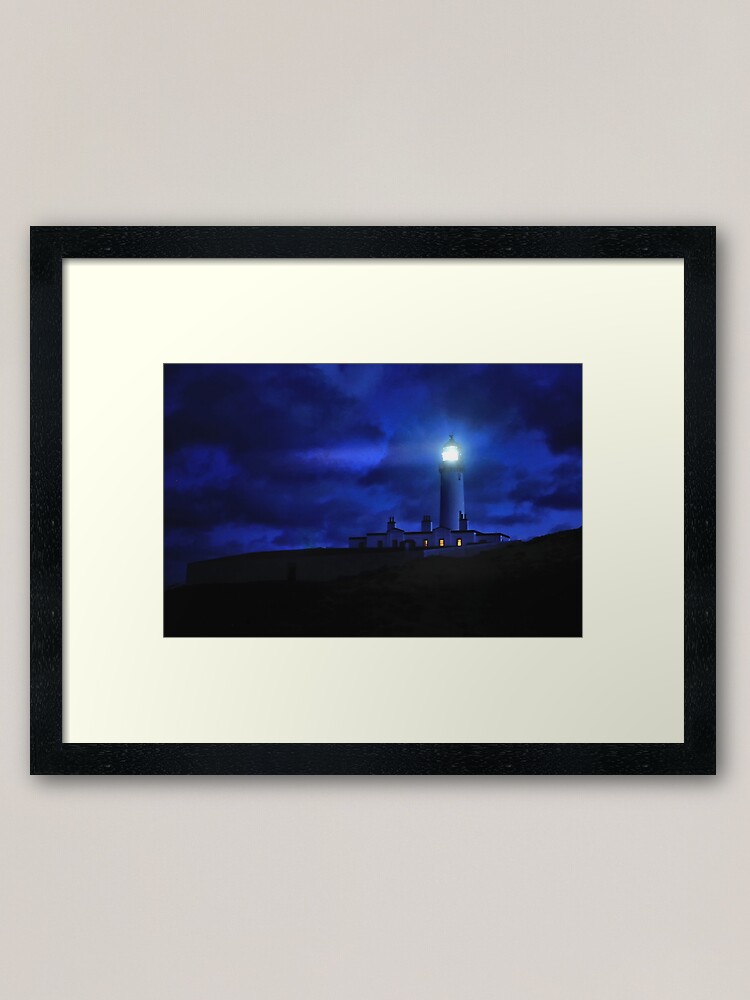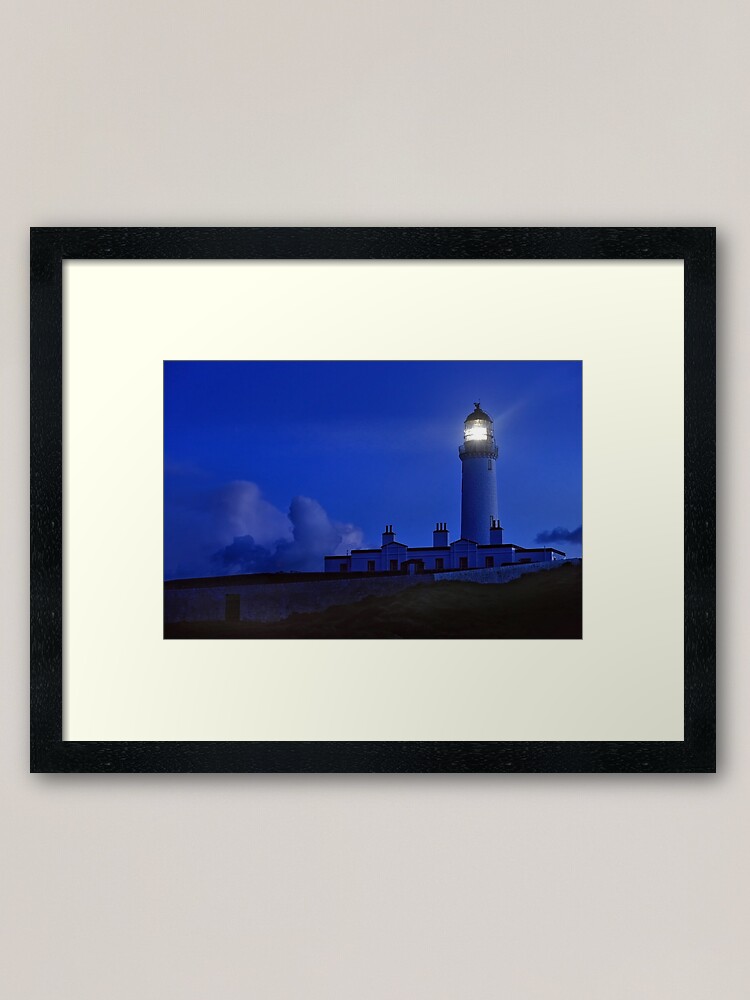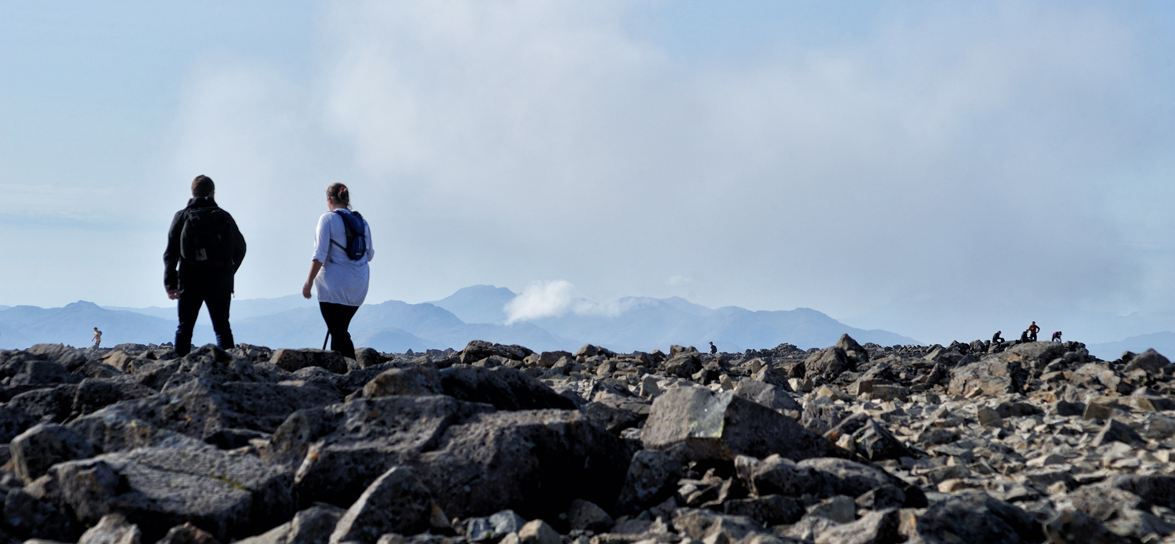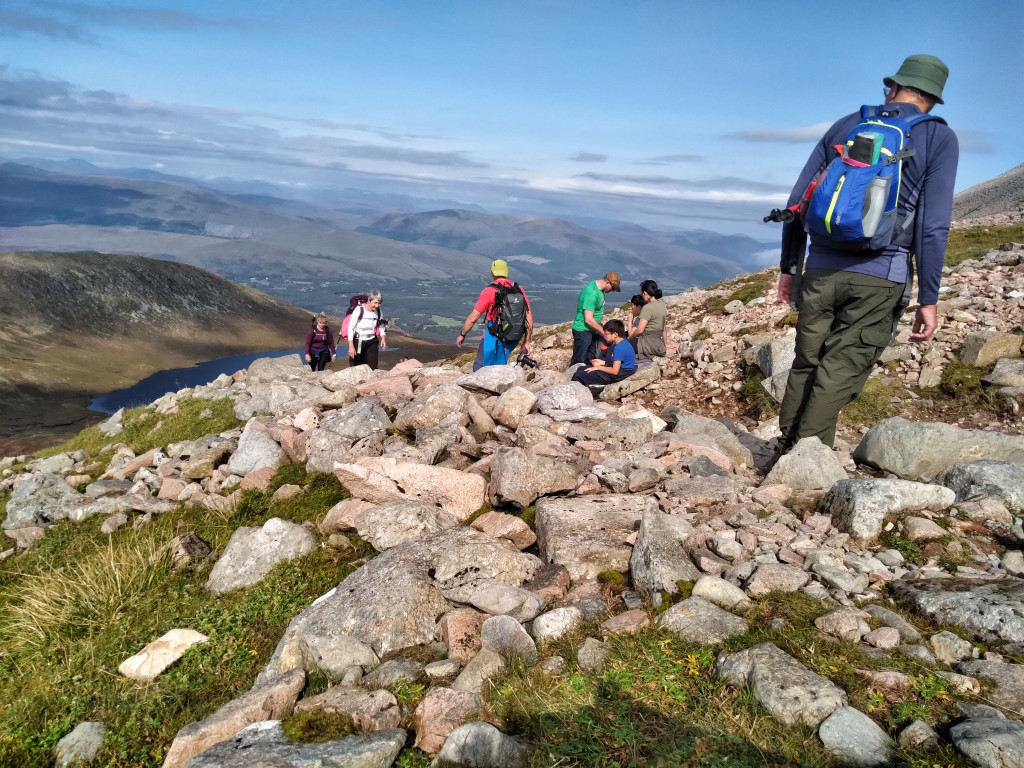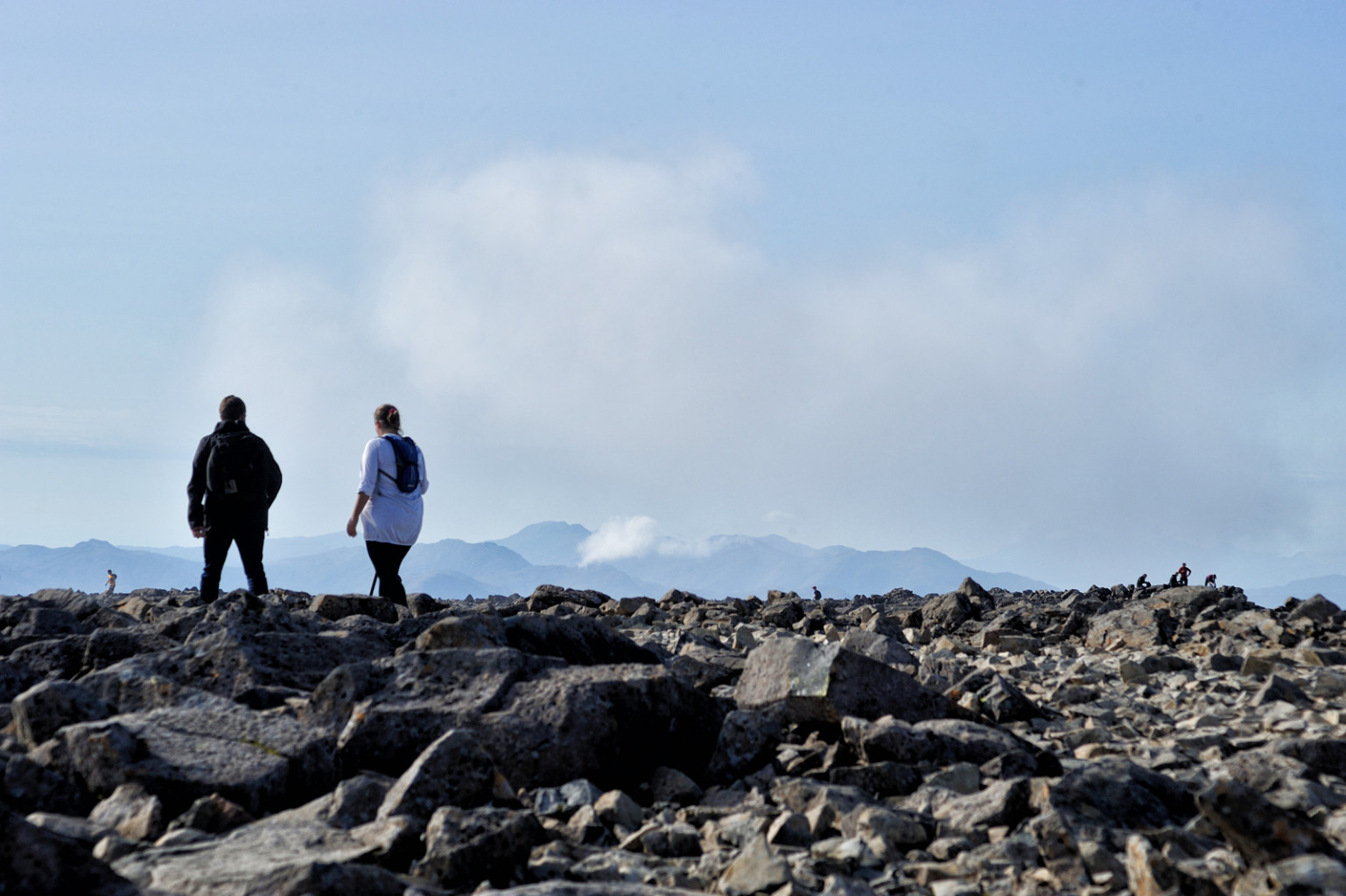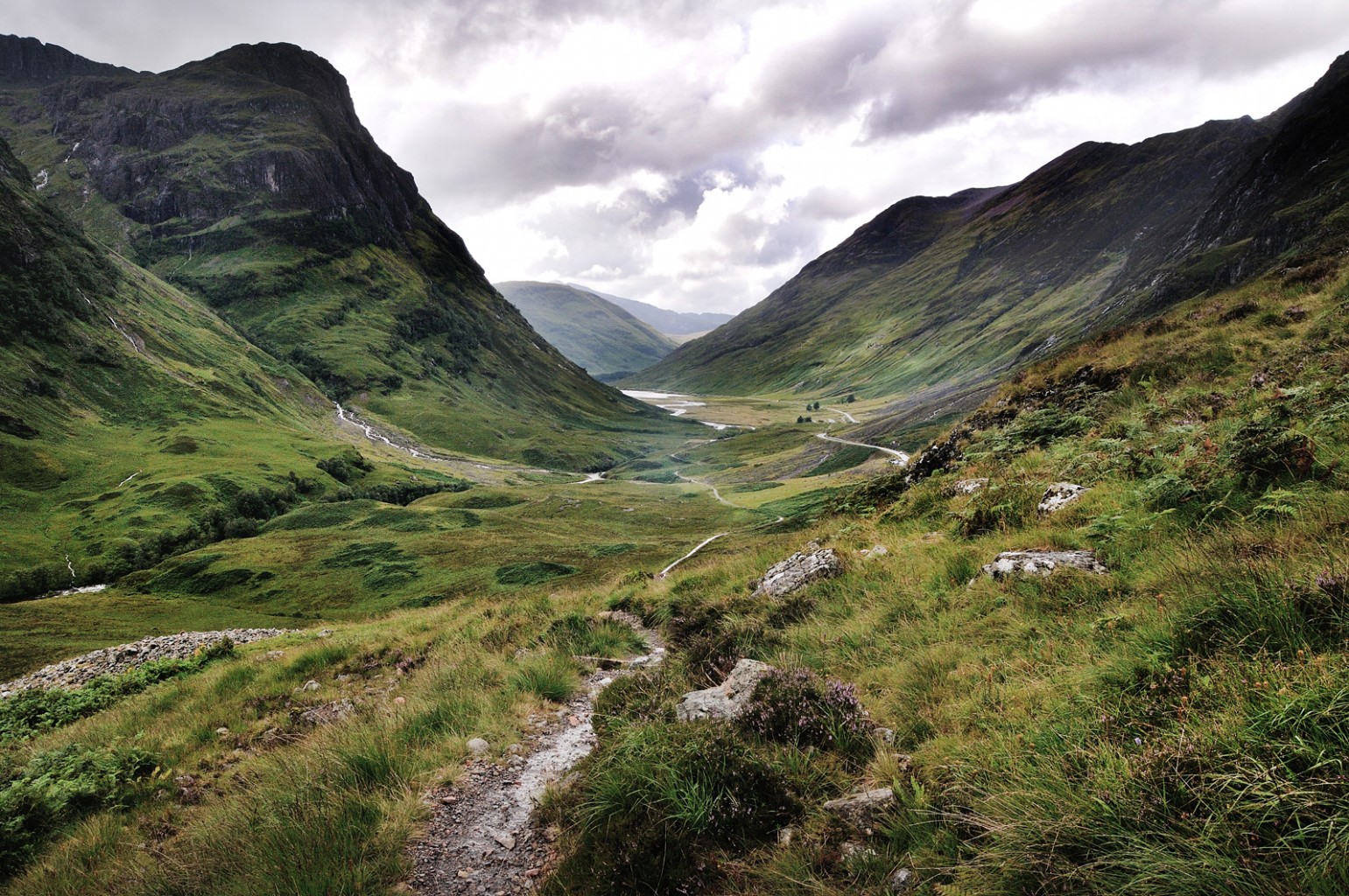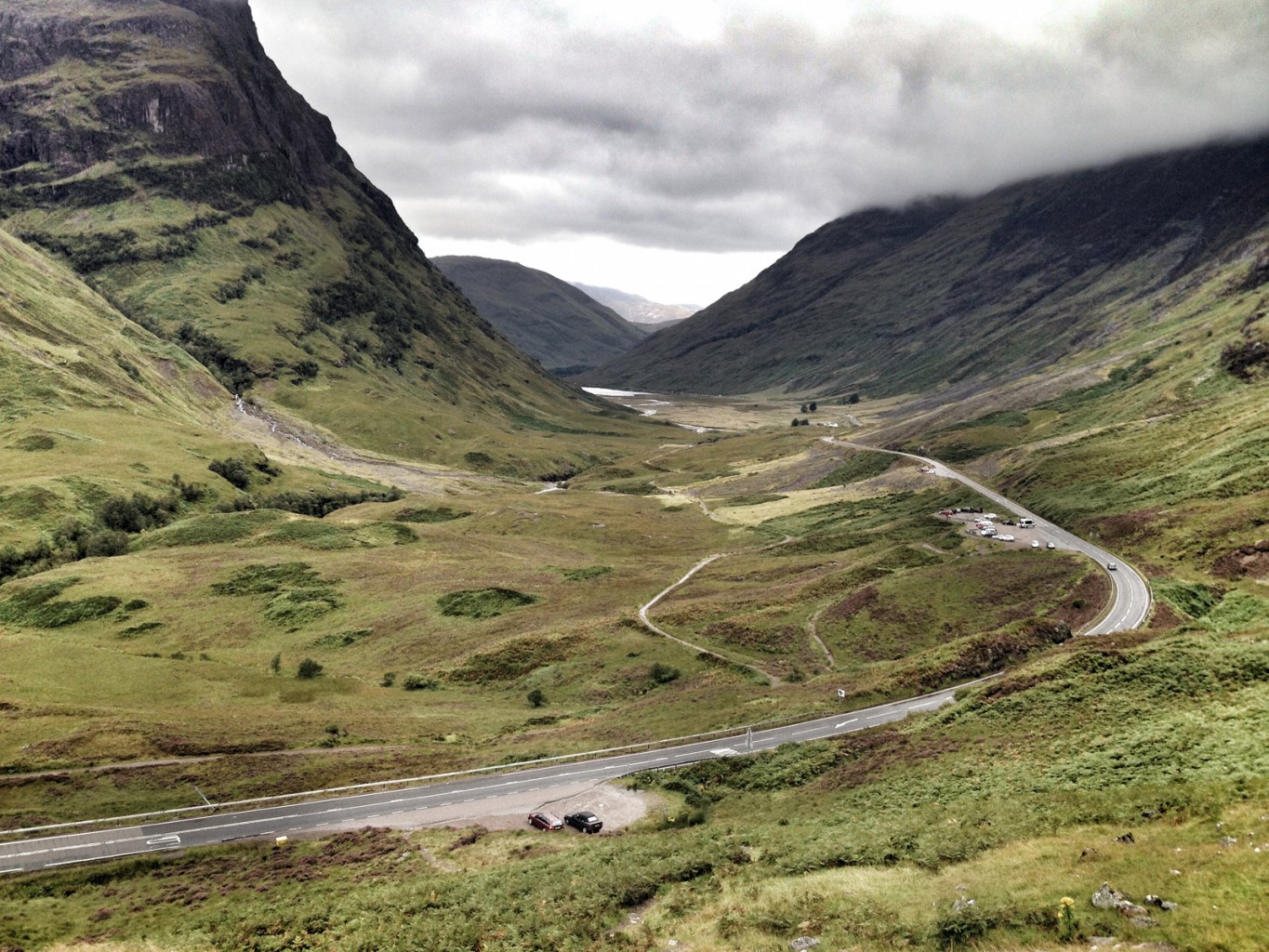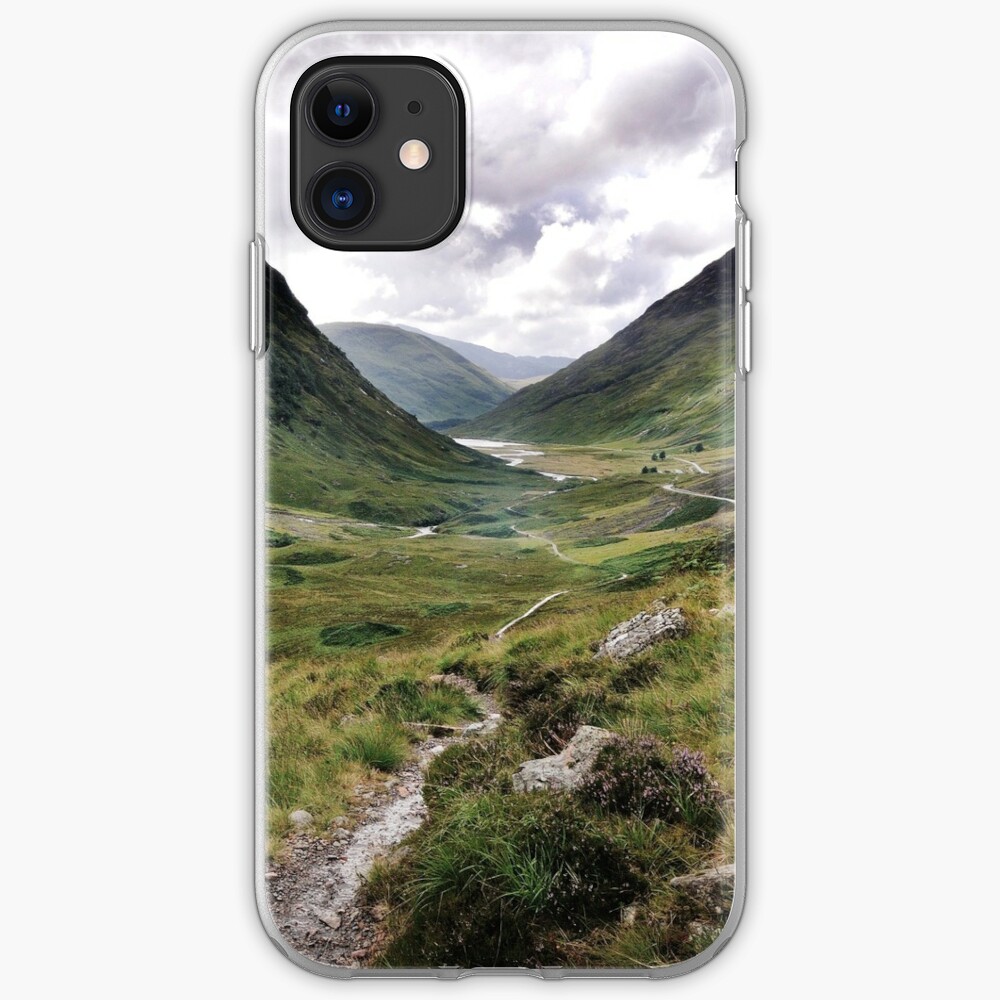Lighthouse Prints available at RedBubble
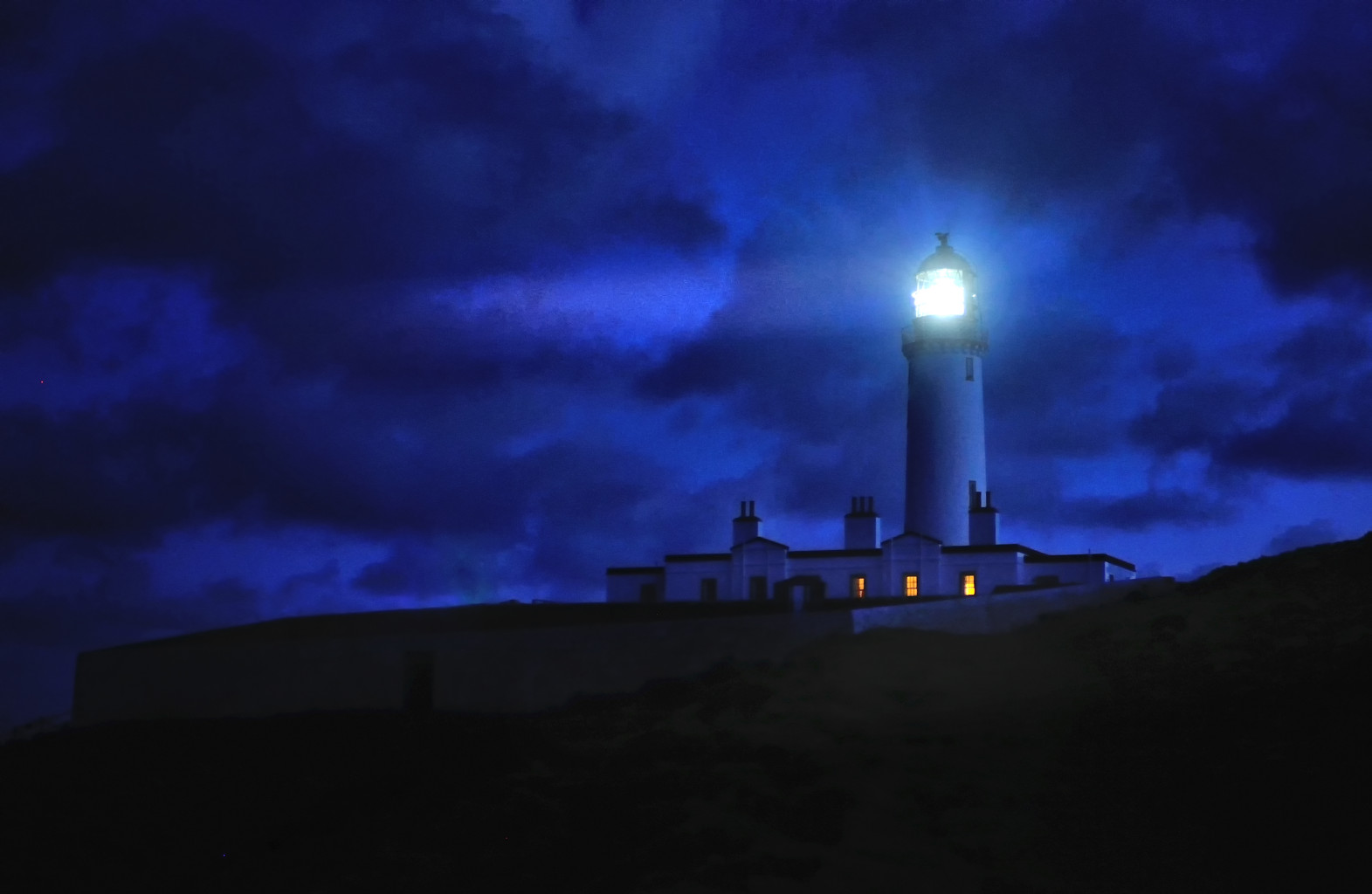
A new gallery has been added to the Redbubble shop containing a selection of new lighthouse images taken while staying at the Mull of Galloway lighthouse. New images are being added on a regular basis that can be purchased as wall art, mobile phone cases, and more. Check out the website at richflintphoto.redbubble.com
The Lighthouse
The construction of Mull of Galloway lighthouse was started in 1828 with the lighthouse coming into operation two years later in 1830. The design of the lighthouse remained pretty much a standard for all lighthouses constructed throughout Scotland. In 1986 the lighthouse was finally automated and the lighthouse keepers left the Mull.
The lighthouse itself is still owned and maintained by the Northern Lighthouse Board but the remaining buildings are owned by the Mull of Galloway community trust,
Lighthouse Photographs
A number of images of the lighthouse are available to purchase but the two night shots of the light flashing are favourites of mine. It was a photograph i wanted to get of the light flashing it warning – after all its what the lighthouse is for!
The two photographs were taken on different nights. Fortunately, the weather remained very good with no rain, however, the wind proved to be a slight challenge. Cold gusts of wind vibrated the tripod and camera making the exposures challenging. I am pleased with the resulting photographs. The darker, more moody lighthouse image has a cinematic feel to it whereas the lighter, less dramatic image has a closer view of the lighthouse with the cold blue of the night sky.
Lighthouse Prints
Several prints are available featuring the lighthouse with the gallery being updated to include new images. There is also a lighthouse gallery featuring images of lighthouses from a variety of locations around England and Scotland including Neist Point, Islay, and Scarborough.

